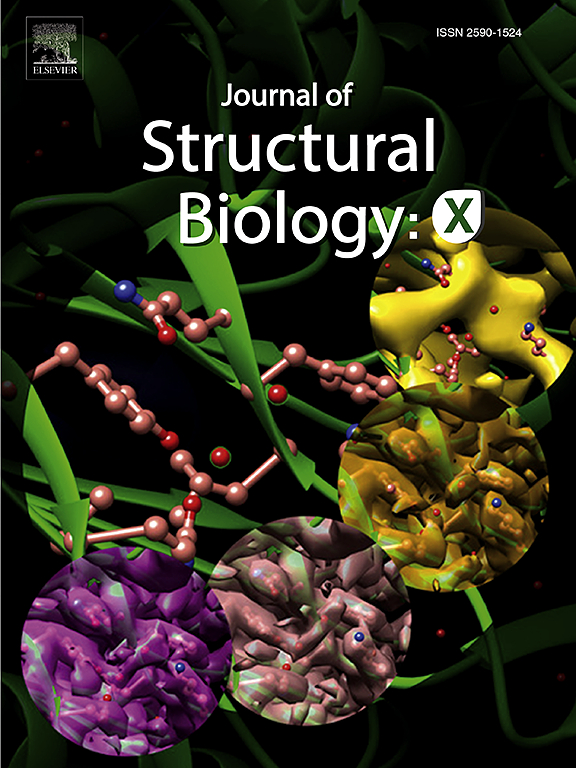预测错义突变对蛋白淀粉样变性影响的计算方法:遗传性转甲状腺素型心肌病的案例研究
IF 2.7
3区 生物学
Q3 BIOCHEMISTRY & MOLECULAR BIOLOGY
引用次数: 0
摘要
由于许多淀粉样变性相关的错义突变仍未被发现,而且早期诊断方法在很大程度上是不可用的,因此迫切需要一种可靠的计算方法来从基因测序数据中预测遗传性淀粉样变性。在预测内在紊乱区域内淀粉样变性触发序列方面取得了进展。然而,一些疾病是由淀粉样蛋白形成必须展开的结构域内淀粉样蛋白发生区域的突变引起的。准确预测淀粉样变性区域需要检测淀粉样变性和评估突变对蛋白质稳定性的影响的工具。我们开发了与遗传性ATTR心肌病和其他可能不相关的TTR突变相关的数据集,用淀粉样变性和稳定性预测因子评估TTR突变。值得注意的是,稳定性预测因子一致表明,attr相关突变比非attr相关突变更容易破坏TTR结构的稳定性。利用这些数据集和新生成的突变特征,我们开发了一个机器学习模型SDAM-TTR来预测导致ATTR心肌病的突变。本文章由计算机程序翻译,如有差异,请以英文原文为准。

A computational approach to predict the effects of missense mutations on protein amyloidogenicity: A case study in hereditary transthyretin cardiomyopathy
With many amyloidosis-associated missense mutations still unidentified and early diagnostic methods largely unavailable, there is an urgent need for a reliable computational approach to predict hereditary amyloidoses from gene sequencing data. Progress has been made in predicting amyloidosis-triggering sequences within intrinsically disordered regions. However, some diseases are caused by mutations in amyloidogenic regions within structured domains that must unfold for amyloid formation. Accurate prediction of amyloidogenic regions requires tools for detecting amyloidogenicity and assessing mutation effects on protein stability. We developed datasets of mutations linked to hereditary ATTR cardiomyopathy and others likely unrelated, evaluating TTR mutants with amyloidogenicity and stability predictors. Notably, the stability predictors consistently indicated that ATTR-related mutations tend to destabilize the TTR structure more than non-ATTR-associated mutations. Using these datasets and newly generated mutation features, we developed a machine learning model SDAM-TTR to predict mutations leading to ATTR cardiomyopathy.
求助全文
通过发布文献求助,成功后即可免费获取论文全文。
去求助
来源期刊

Journal of structural biology
生物-生化与分子生物学
CiteScore
6.30
自引率
3.30%
发文量
88
审稿时长
65 days
期刊介绍:
Journal of Structural Biology (JSB) has an open access mirror journal, the Journal of Structural Biology: X (JSBX), sharing the same aims and scope, editorial team, submission system and rigorous peer review. Since both journals share the same editorial system, you may submit your manuscript via either journal homepage. You will be prompted during submission (and revision) to choose in which to publish your article. The editors and reviewers are not aware of the choice you made until the article has been published online. JSB and JSBX publish papers dealing with the structural analysis of living material at every level of organization by all methods that lead to an understanding of biological function in terms of molecular and supermolecular structure.
Techniques covered include:
• Light microscopy including confocal microscopy
• All types of electron microscopy
• X-ray diffraction
• Nuclear magnetic resonance
• Scanning force microscopy, scanning probe microscopy, and tunneling microscopy
• Digital image processing
• Computational insights into structure
 求助内容:
求助内容: 应助结果提醒方式:
应助结果提醒方式:


